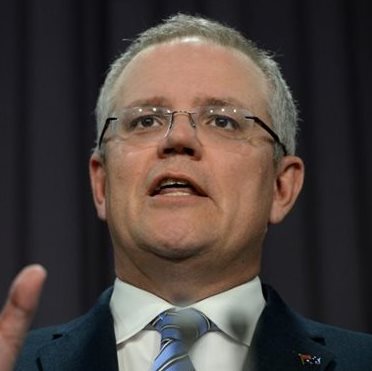Changes to the working holiday maker program, announced by the federal government on 27 September, have been met with mixed responses by the hospitality and tourism industries.
According to The Conversation, the government announced that from 1 January 2017, the tax rate for those on working holidays will be 19 percent on earnings up to $37,000. This has been brought down from the proposed 32.5 percent. Above $37,000 ordinary marginal rates will apply.
The government will also reduce the application charge for visas for these travellers by $50 to $390, and will make changes to the 417 and 462 visas to improve the supply of working holiday makers. The eligible age will be increased from 30 to 35, and there will also be more flexible arrangements, allowing an employer with premises in different regions to retain a backpacker for a year, so long as the second six months is worked in a different place. At present a backpacker can only stay six months with the same employer.
Tourism Australia will receive $10 million for an international advertising campaign to attract young people to come on working holidays.
The departure tax, which is called the Passenger Movement Charge, will rise by $5 to $60 and will apply from 1 July, 2017. The tax applies to anyone departing from Australia. The tax on working holiday makers’ superannuation payments when they leave Australia will also be increased to 95 percent.
Australian Hotels Association (WA) said the reduction in the backpacker tax, together with the other visa changes, is a win for Western Australia’s hospitality and accommodation sector, where nearly 30 percent of the workforce is made up of working holiday makers.
AHA CEO Bradley Woods said “The number of working holiday visa travellers to Western Australia fell in the last year by 11.3 percent and the total number of nights they spent in the state dropped 19.2 percent for the year ending June 2016.
“Western Australia’s hospitality and accommodation industries’ reliance on working holiday makers would have been substantially damaged without the changes.”
He added, “Australia competes globally for backpacker tourism and the proposed tax clearly had an impact on working holiday makers coming to Australia at a time when the government's own commissioned survey identified the need for 123,000 additional workers in the hospitality and tourism industry by 2020.”
The Australian Chamber of Commerce and Industry is less enthusiastic about the government’s announcement, arguing that overall, the new measures will “be a damaging brake on tourism.”
James Pearson, CEO of the Australian Chamber, said “We welcome the reduced backpacker tax, the commitment to spending $10 million on tourism promotion, changes to the length of time visitors can work and the expansion of the age range for eligible visitors. These broadly reflect the Australian Chamber’s submission to the government review of the working holiday maker scheme.
“However we are deeply concerned about the $5 increase in the Passenger Movement Charge (PMC), which will slug every person flying out of Australia, including international visitors returning home and locals travelling abroad.”
The Restaurant & Catering Association agrees. In a statement sent to Hospitality, the industry body said that the reduction in visa processing fees, and extending the time with which working holiday makers can stay with the same employer is a step in the right direction, but it's concerned about the impact the $5 increase will have on Australia’s competitiveness as a tourist destination.

